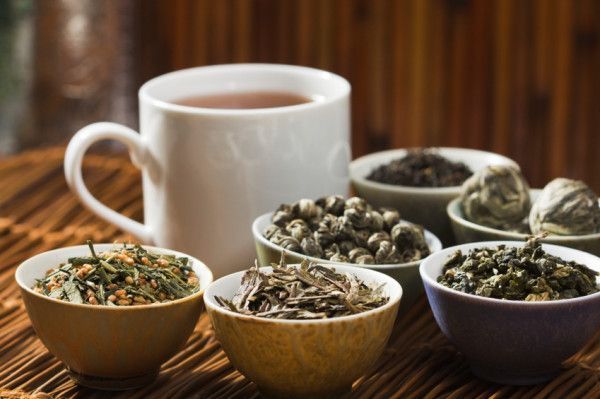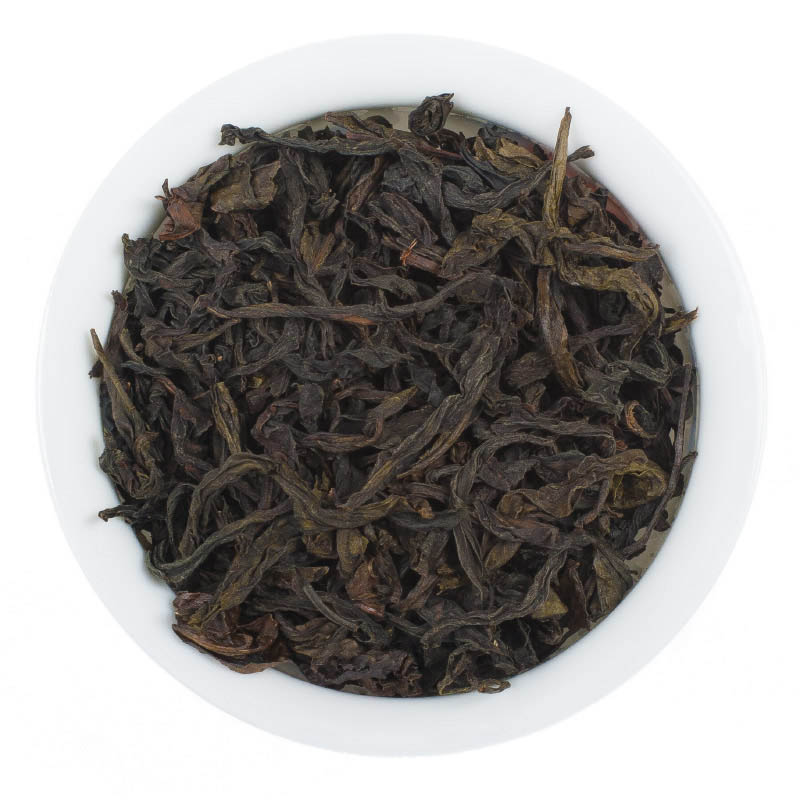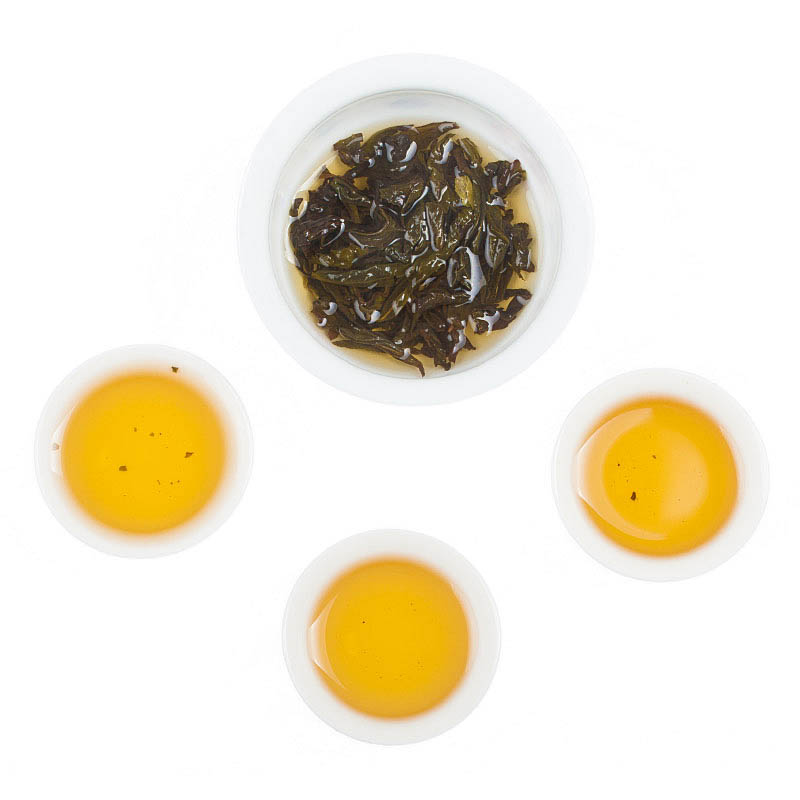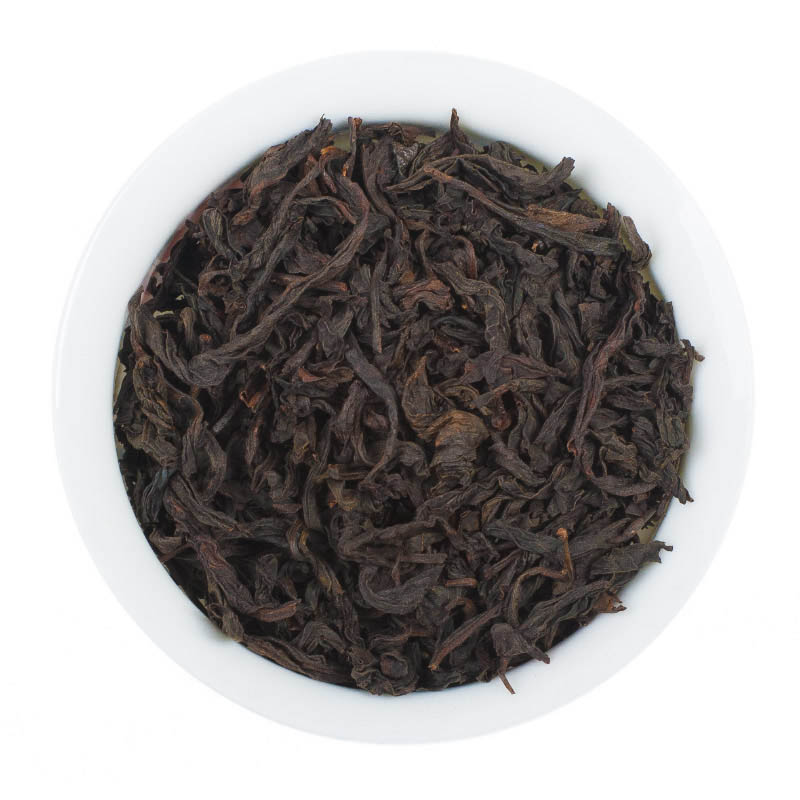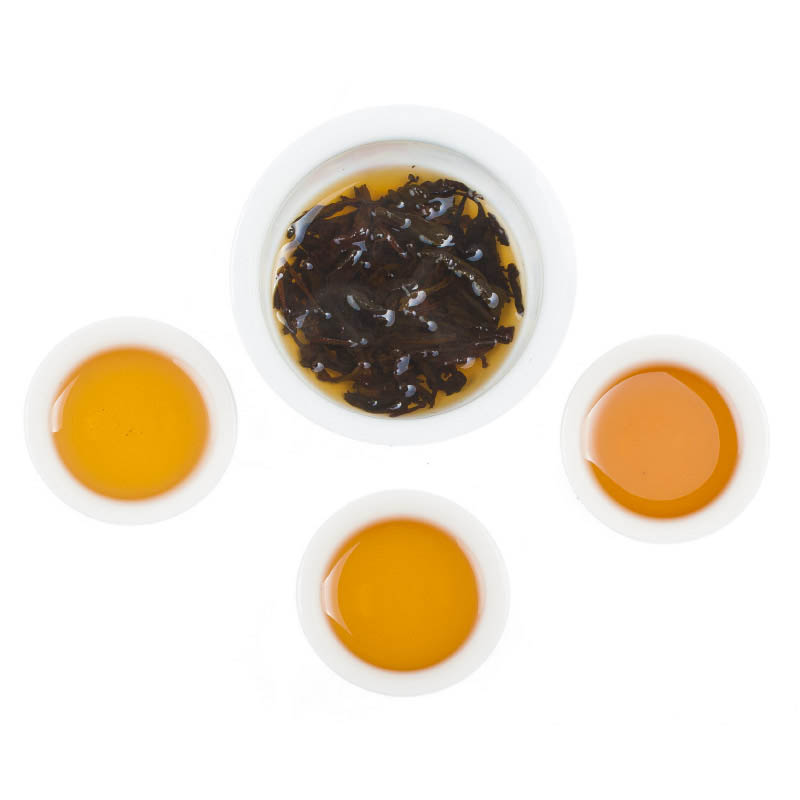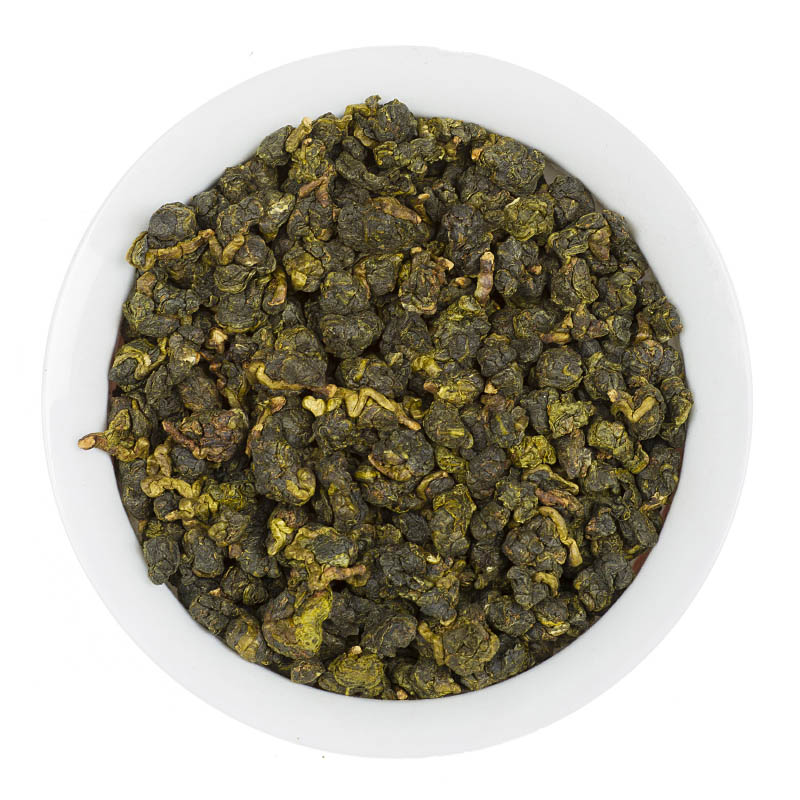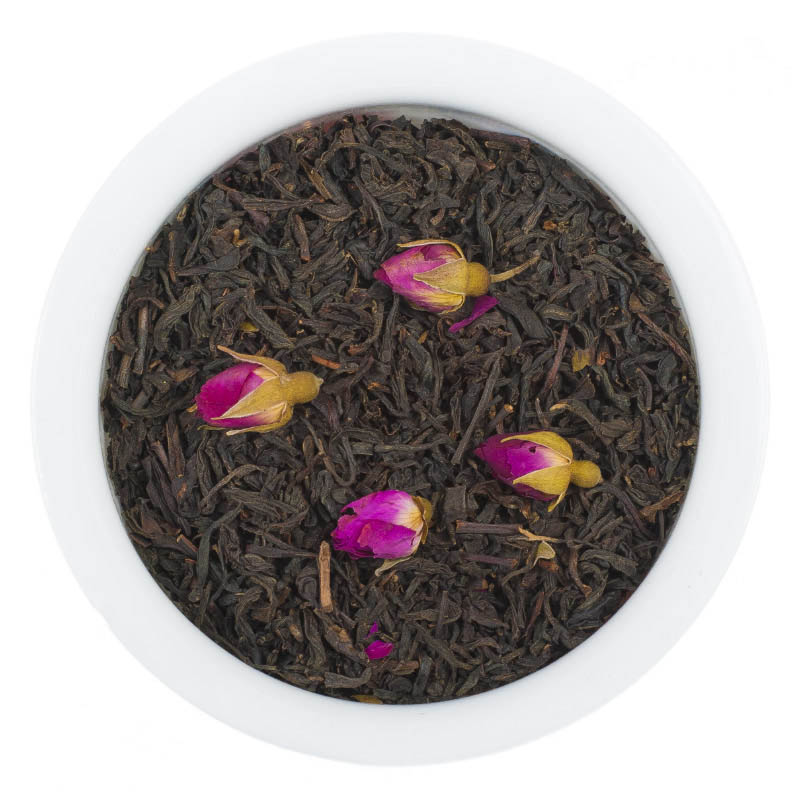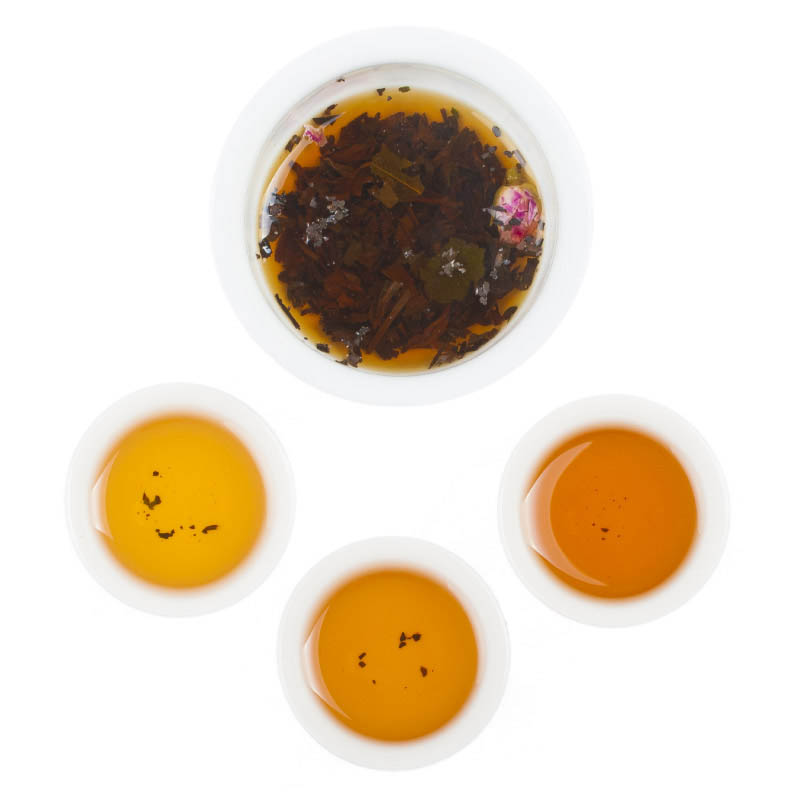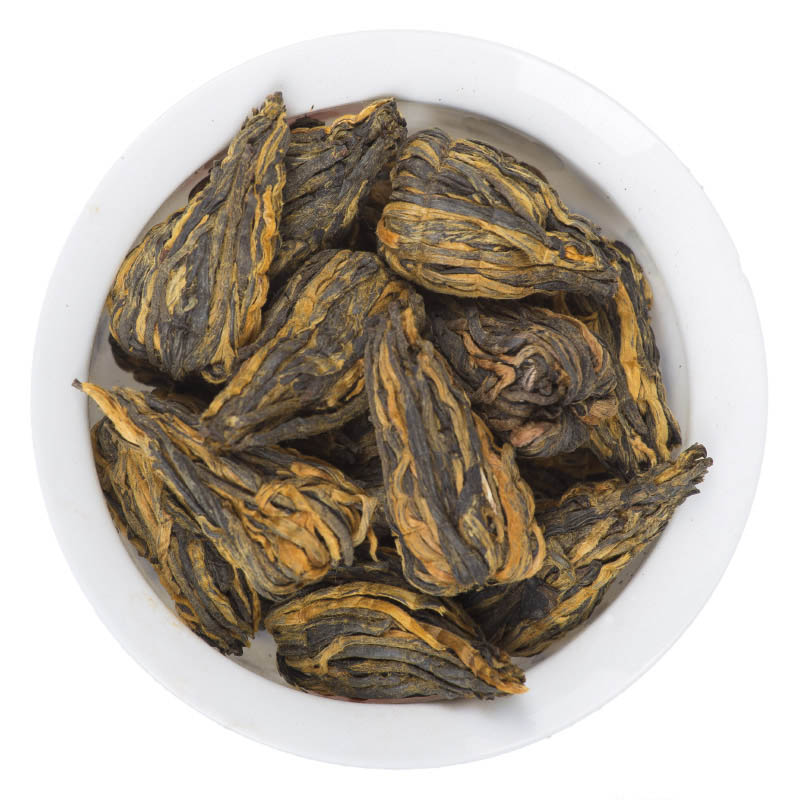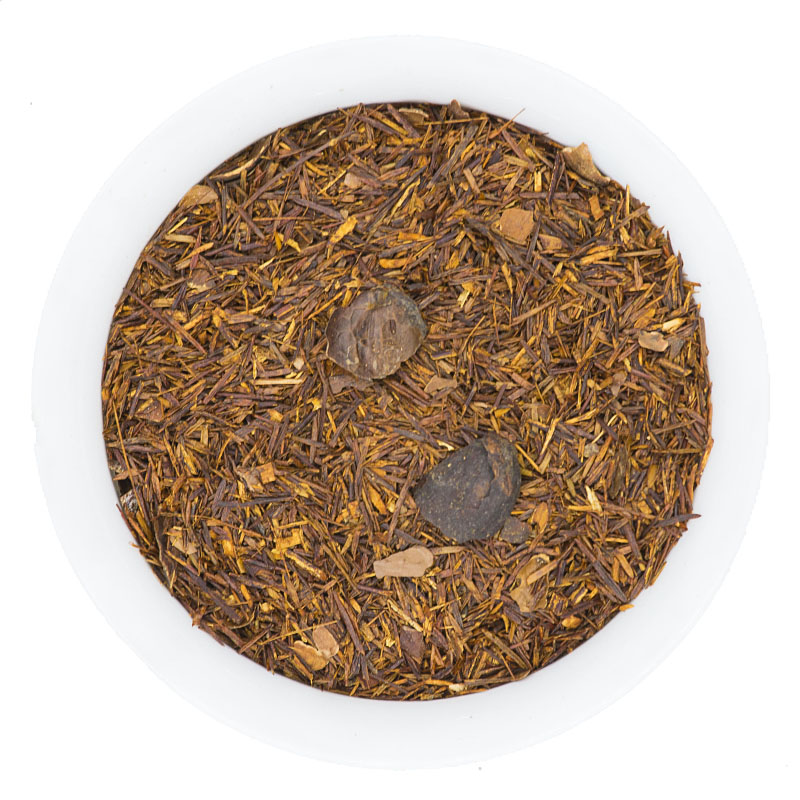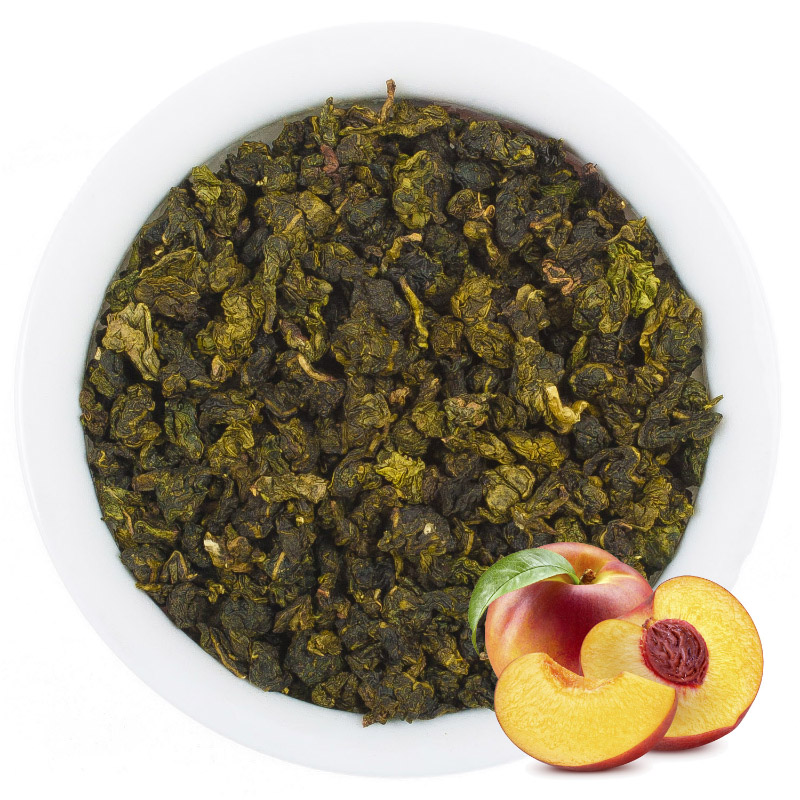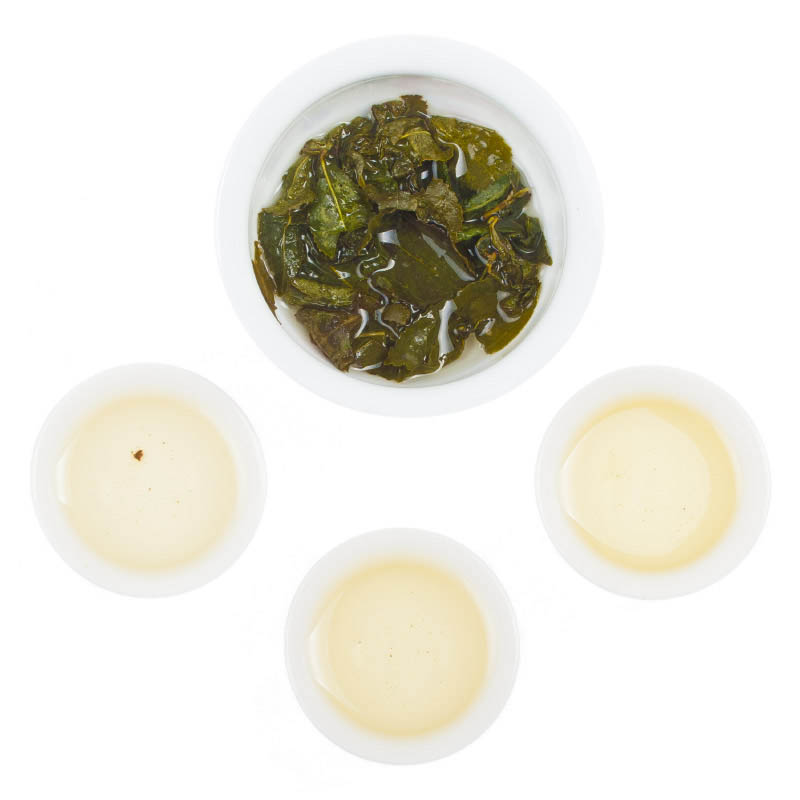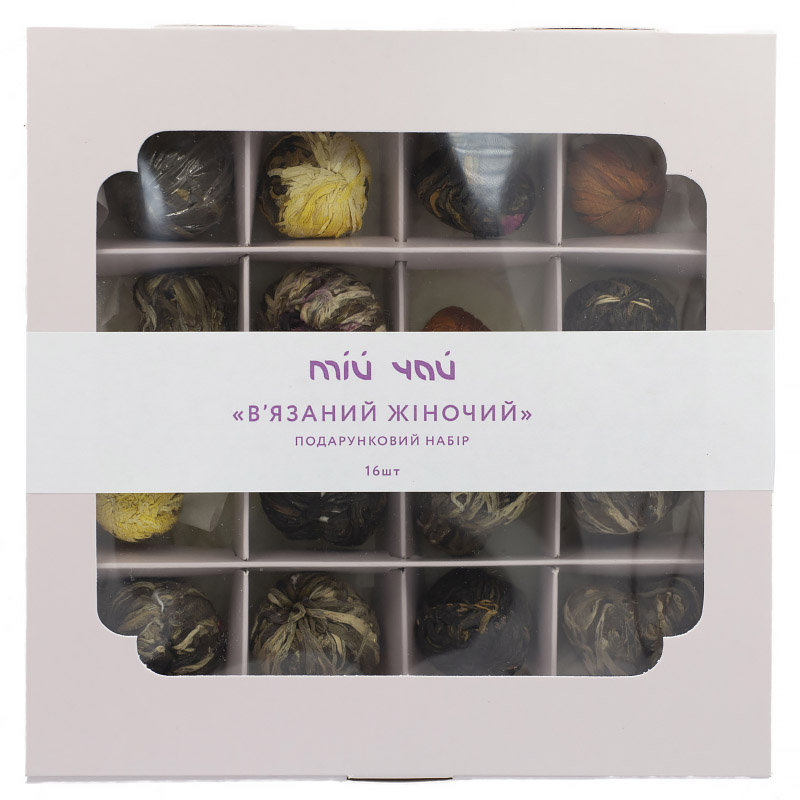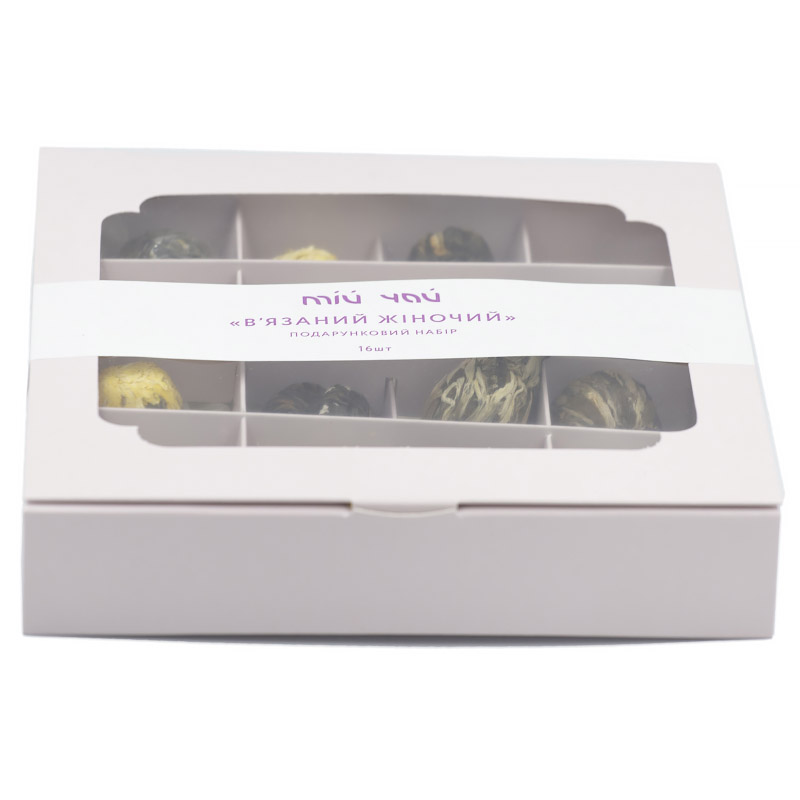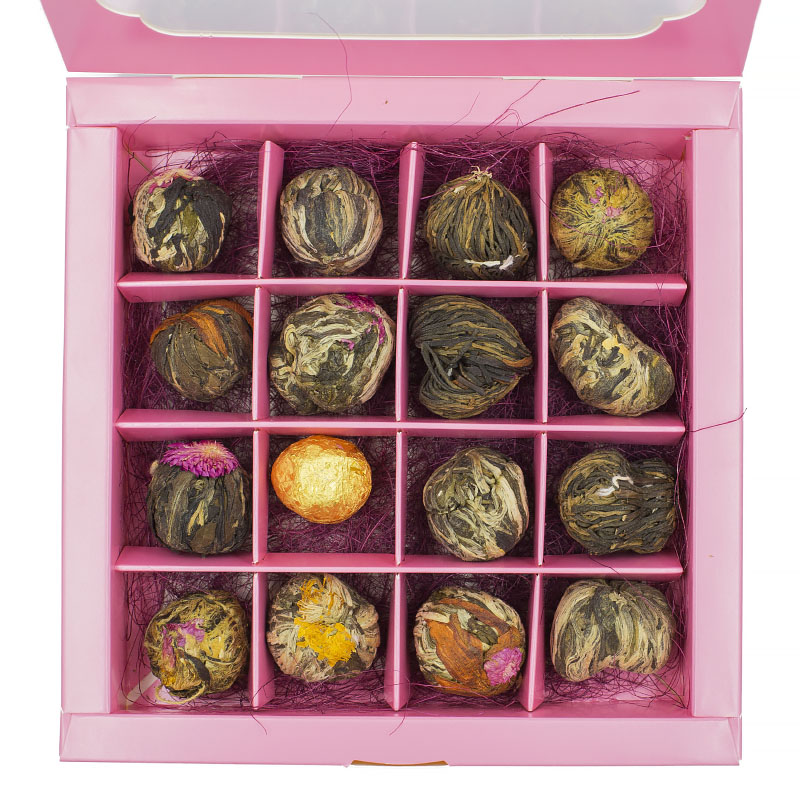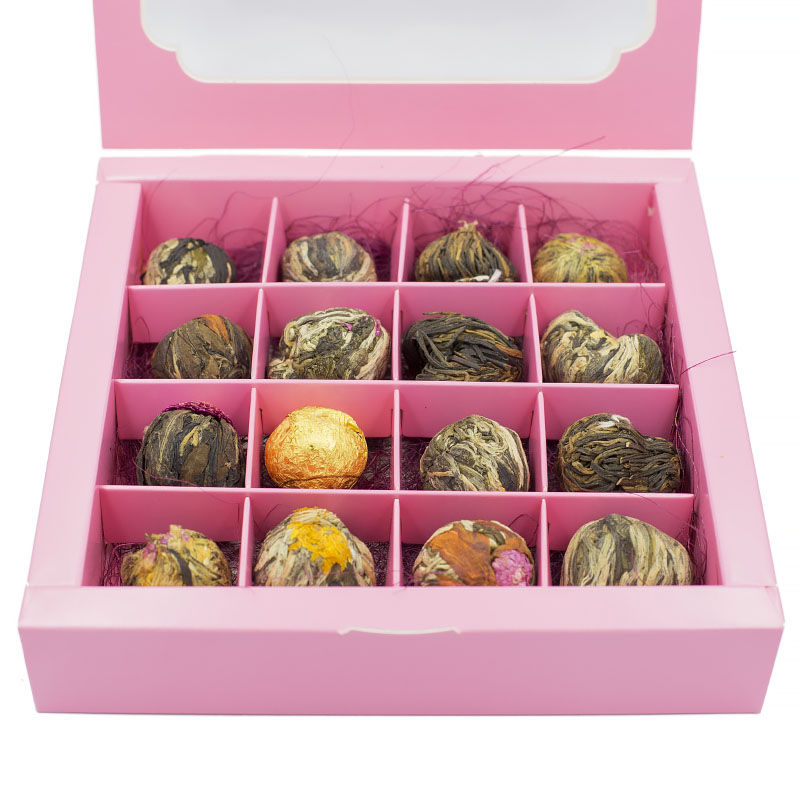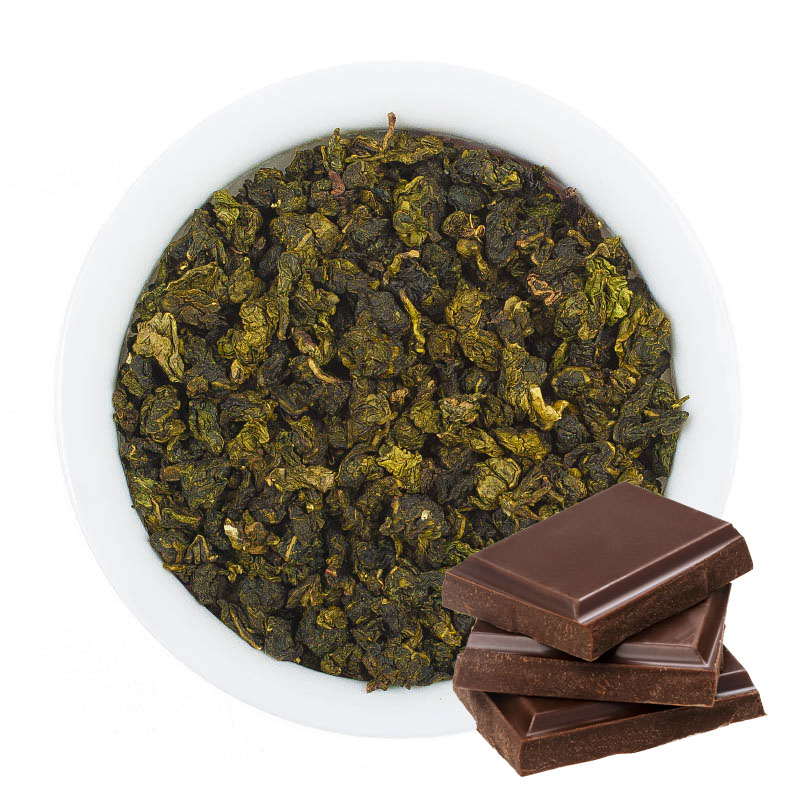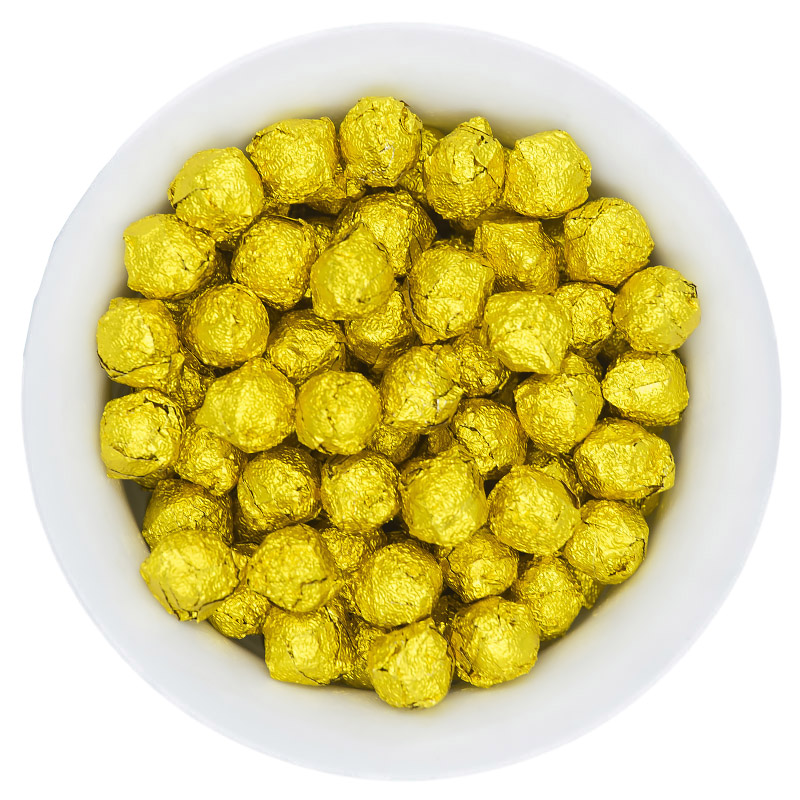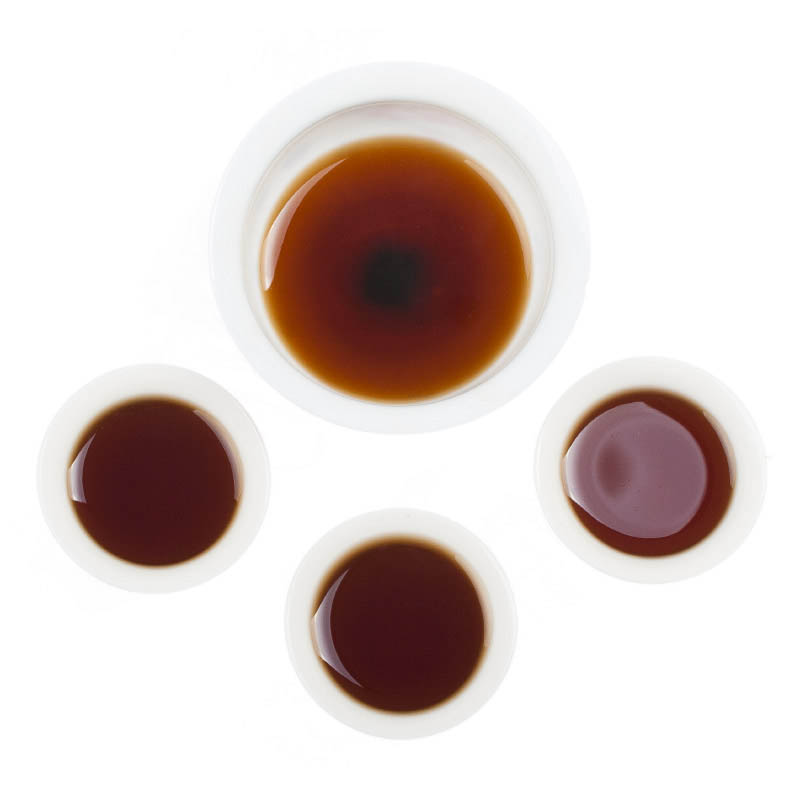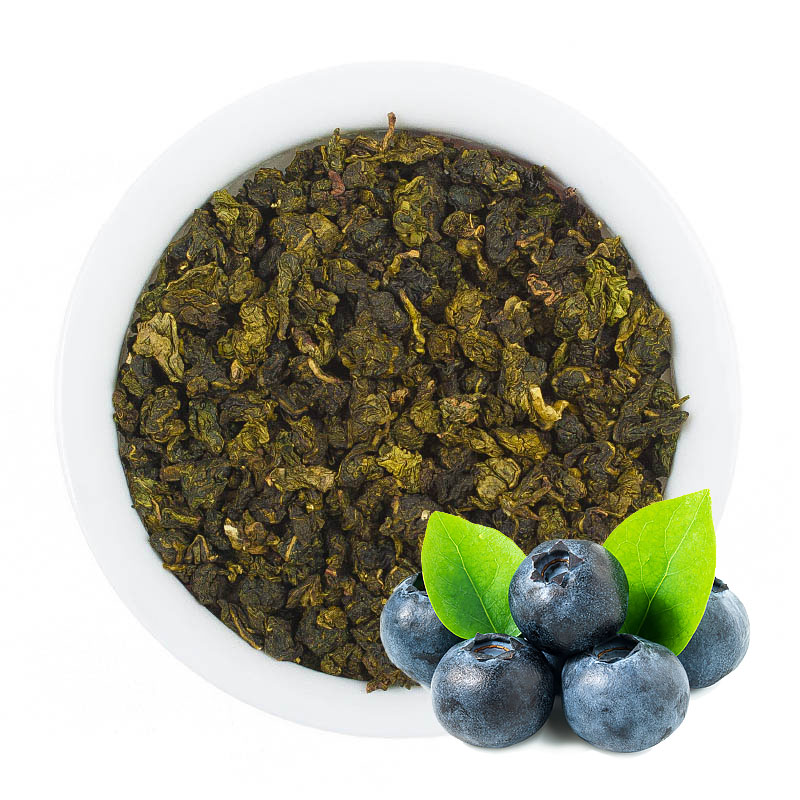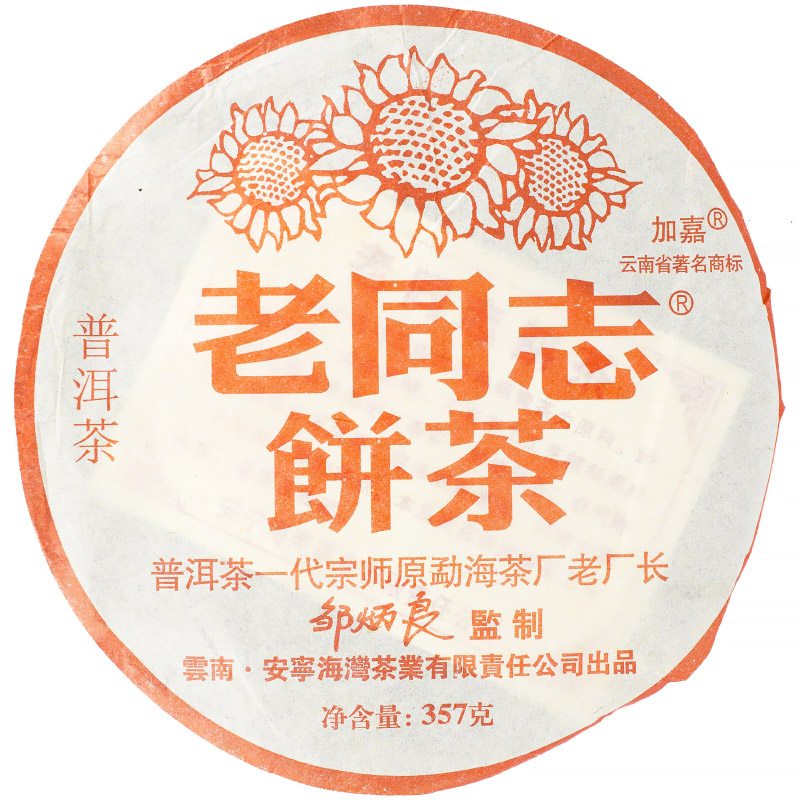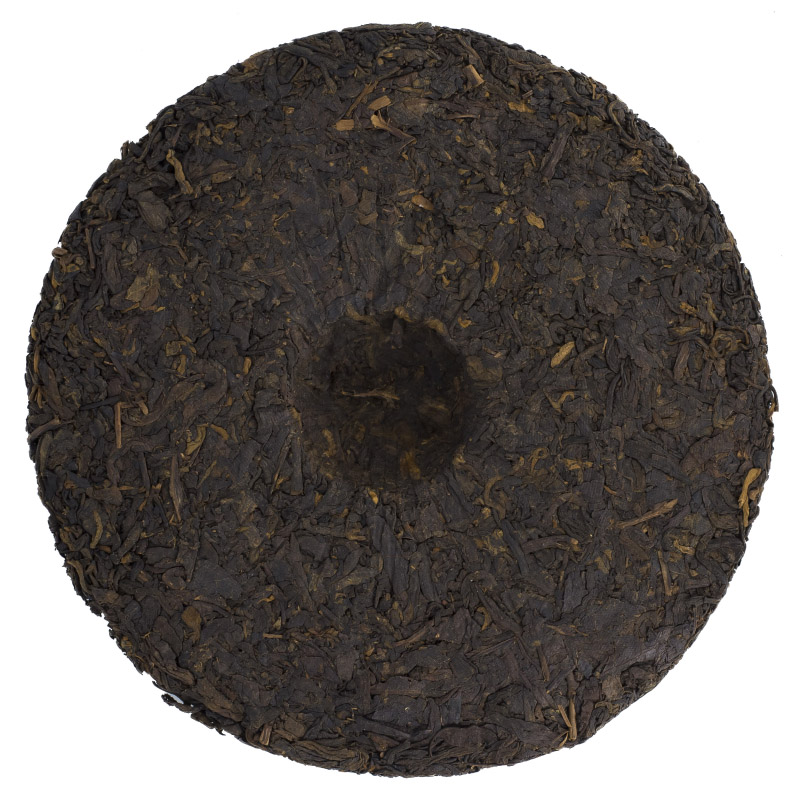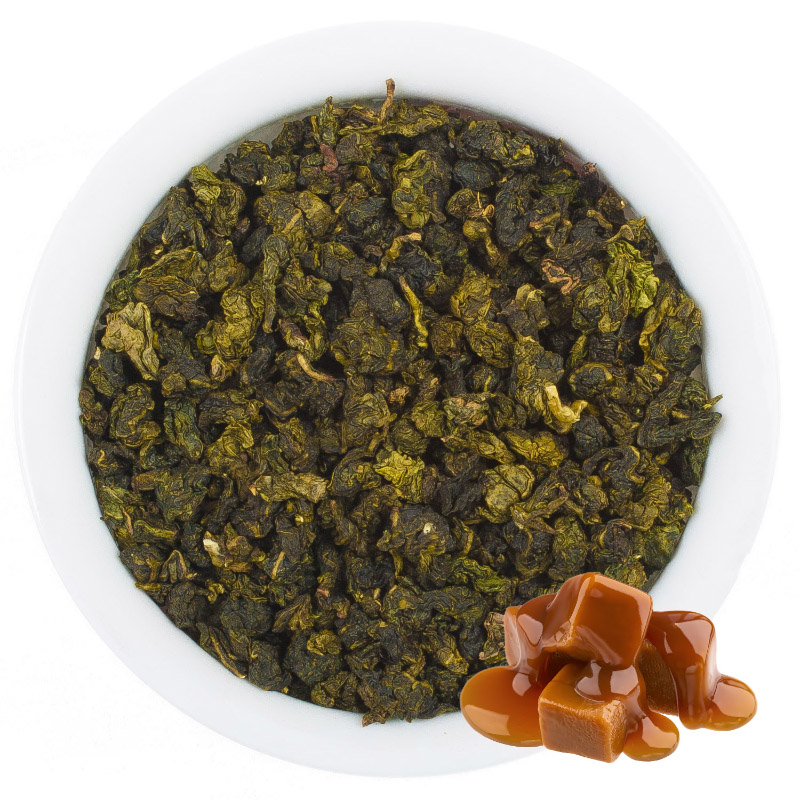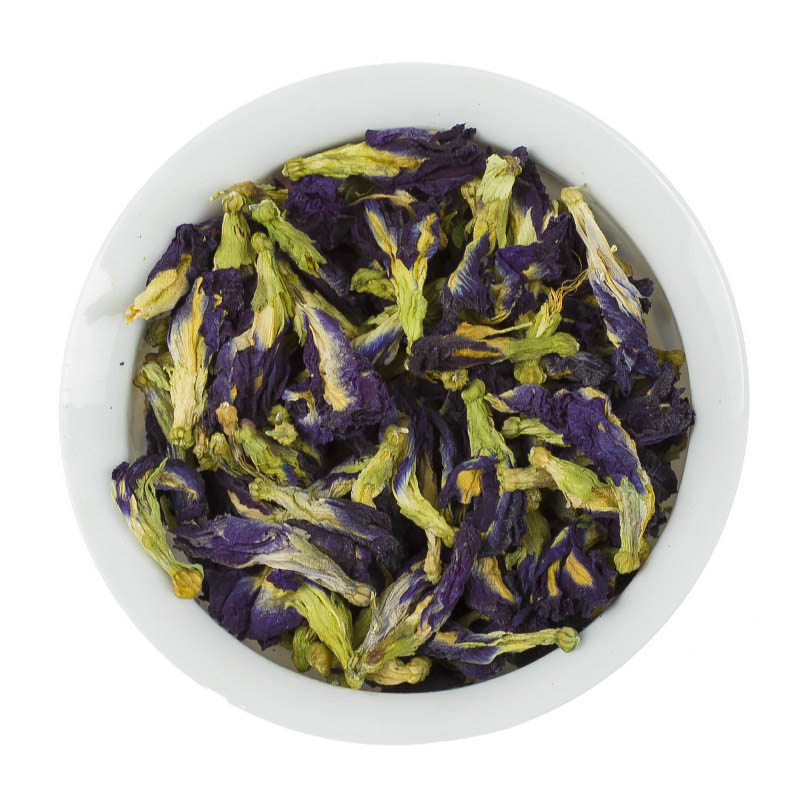Distinguished features of green tea
History
Green tea has been consumed in China since ancient times - there is written evidence that as early as 3,000 years ago, tea bushes were cultivated in China and tea leaf drinks were made. The "Book of Tea" (Chinese: 茶经) from the Tang Dynasty (618-907) states that at first fresh tea leaves were eaten, then they learned to cook "soup" from tea leaves, and finally they learned to fry fresh tea leaves.
Production Technology
Green tea is unfermented tea or, in other words, tea that has not undergone the oxidation process. Usually, the raw materials for green tea are tea tips (unopened buds) and young leaves of the tea bush (Chinese: 茶樹, Latin: Camellia sinensis), which grows on the slopes of hills and mountains of Eastern, Central, Southern and Southwestern China. Tea leaves and tips are harvested by hand, after which the raw materials are subjected to high-temperature processing (mainly roasting), as a result of which the activity of enzymes contained in the tea leaves stops, which prevents polyphenols and other antioxidants from reacting with oxygen, i.e. oxidize (in Chinese, the process of high-temperature processing is called "sha qing" - Chinese 杀青), then the tea is given the necessary shape - the tea is twisted or pressed in a special way (depending on the variety) and dried, getting rid of the moisture contained in the leaves and acquiring a permanent shape. Thus, the process of producing green tea consists of four main stages - harvesting raw materials, high-temperature processing, twisting (giving shape) and drying.
Beneficial properties
Due to the fact that green tea leaves are not fermented, it contains the maximum possible amount of antioxidants for all types of tea, which are preserved in the tea leaves thanks to timely high-temperature processing. Drinking green tea helps reduce the "internal fire" of the body, helps reduce the temperature in hot weather, fights inflammation in the gastrointestinal tract and helps detoxify the liver. According to traditional Chinese medicine, these beneficial properties are characteristic of green tea.
Classification of green tea
In China, there are over 50 varieties of green tea, among which the most famous are: Xihu Longjing, Taiping Houkui, Bilochun, Luan Guapian, Anji Baicha, Huangshan Maofen and others. Green tea can be divided into two main groups:
- Place of production
- Processing and drying method
By place of production
Modern China is divided into 22 provinces, 5 autonomous regions, 4 centrally administered cities and 2 special administrative regions, among which 14 provinces are distinguished, in which most of the green tea in China is produced. Below is a table indicating which varieties of green tea are produced in which provinces.
|
Place of production |
Green tea variety |
|
Anhui Province |
Huangshan Maofeng, Taiping Houkoui, Luan Guapian, Sunluo Cha |
|
Guangxi Province |
Lingyun Baicha, Linlochun |
|
Guizhou Province |
Meitan Quyeshe, Duyun Maojian, Zunyi Maofeng, Fanjing Cuifeng |
|
Sichuan Province |
Zhueqing, Mending Ganlu, Bitang Piaoxue |
|
Fujian Province |
Yinzhen Mall, Longzhu Mall, Yinzhen Mall |
|
Hubei Province |
Enshi Yulu |
|
Hunan Province |
Gaoqiao Yinfeng, Shimen Yinfeng, Guzhang Maojian, Huangjin Cha |
|
Henan Province |
Xinyang Maojian |
|
Jiangxi Province |
Wuyuan Mingmei, Lushan Yunyu, Gougu Naocha, Wuyuan Luicha |
|
Jiangsu Province |
Bilochun, Nanjing Yuhua, Liang Cuibai |
|
Zhejiang Province |
Xihu Longjing, Anji Baicha, Zhejiang Baicha, Jingshan Cha, Kaihua Lunding, Qiandao Yuye |
|
Shandong Province |
Laoshan Lucha, Zhizhao Lucha |
|
Shaanxi Province |
Wuji Xianhao, Jiang Maojian, Jiang Cuifeng, Fuxi Cha, Xixiang Chaocing, Hanzhong Xianhao |
|
Yunnan Province |
Dianqing Lucha |
When producing green tea, there are 4 main methods of processing the tea leaf:
- hot steam processing
- frying in a pan
- open-air frying lights
- drying in the sun
The steaming of tea leaves is not very common in China, this method is mainly used in Japan. A distinctive feature of this method is that the tea leaves after processing remain fresh green, when brewing, the tea leaves and the brew will be fresh green. Among the green tea produced in China, hot steaming is used, for example, Enshi Yulu tea from Hubei province.
Frying in a pan as a method of processing green tea is used quite widely in China. Tea leaves are placed in a special pan in the form of a hemisphere, or in a special roasting machine, where the leaves are heated for a certain time. It is believed that when frying in a pan, the tea leaves turn out beautiful, the aroma is “high”, and the taste is rich. The best varieties of green tea processed in this way can have the aroma of ripe chestnuts. Xihu Longjing and Belochun are the most famous Chinese green teas processed by frying in a pan.
Fire roasting is another method of processing tea leaves in the production of green tea in China. The tea leaves are placed in a special sieve "honglun" (Chinese: 烘笼) and placed on burning coals, or placed in special drying chambers that simulate fire processing. Tea of this type of processing is characterized by a light transparent brew, rich taste and aroma.
Sun drying is the oldest method of processing green tea. The tea leaves are laid out in an open place on a sunny day and dried for the required time. Currently, green tea with this treatment is very difficult to find on sale even in China because this drying requires a lot of time, space and good weather conditions. However, you can still find green tea processed by drying in the sun in Yunnan Province (Dianqing tea), Shaanxi Province (Shenqing tea), Sichuan Province (Chuangqing tea) and some other areas, but it is produced in small quantities and mainly for local consumption.
Thus, of the four listed types of green tea processing, only frying in a pan and frying over an open fire are currently widespread. In addition, in the era of industrialization, special equipment for roasting tea leaves has become widespread in China, which allows minimizing production costs, however, the aesthetic and taste qualities of tea produced by the "machine" method differ from tea prepared by hand not for the better - this is one of the reasons for cheap production. tea of manual or mixed production and even more expensive tea, prepared using special technologies with compliance with many technological stages.
In order to truly learn to appreciate high-quality green tea, it is necessary to understand the many subtleties of tea production that affect its quality, and the criteria for assessing the quality of tea, to have experience and an idea of the standard tastes of green tea of a particular variety. This article and the entire project in general are dedicated to this very goal.
